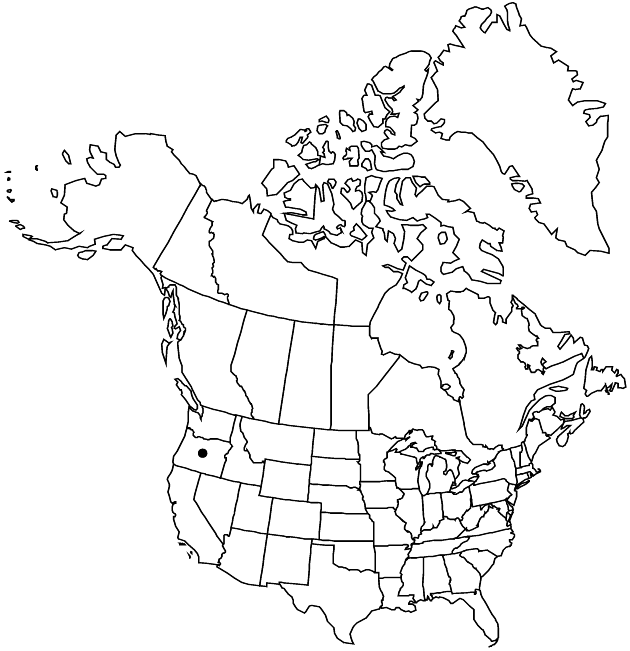Difference between revisions of "Erigeron cascadensis"
Muhlenbergia 1: 6. 1900.
imported>Volume Importer |
imported>Volume Importer |
||
| Line 58: | Line 58: | ||
|publication year=1900 | |publication year=1900 | ||
|special status=Endemic | |special status=Endemic | ||
| − | |source xml=https:// | + | |source xml=https://bitbucket.org/aafc-mbb/fna-data-curation/src/2e0870ddd59836b60bcf96646a41e87ea5a5943a/coarse_grained_fna_xml/V19-20-21/V20_584.xml |
|tribe=Asteraceae tribe Astereae | |tribe=Asteraceae tribe Astereae | ||
|genus=Erigeron | |genus=Erigeron | ||
Latest revision as of 20:04, 5 November 2020
Perennials, 5–15 cm; taprooted, caudices woody, branches usually vertical or horizontal (2–10 cm), sheathed by persistent leaf bases. Stems erect, glabrous or sparsely villous, sparsely minutely glandular. Leaves basal (persistent) and cauline; basal blades sometimes 3-nerved, oblanceolate to obovate or spatulate, 25–90 × 5–17 mm, margins entire or dentate on distal 1/2 or near apices, faces glabrous, sparsely minutely glandular; cauline blades lanceolate to ovate, smaller than basal, often relatively even-sized distally (bases clasping to subclasping). Heads 1(–3) (on branches from proximal axils). Involucres 5–8 × 8–14 mm. Phyllaries in 2–3 series, sparsely to moderately hirsuto-villous, sometimes sparsely minutely glandular. Ray florets 30–50; corollas white, less commonly purplish, 6–10 mm, laminae not coiling or reflexing. Disc corollas 3.7–4.4 mm. Cypselae flattened, 1.9–2.2 mm, 2-nerved, faces sparsely strigose or glabrous; pappi: outer of setae, inner of 14–20 bristles.
Phenology: Flowering Jun–Aug.
Habitat: Crevices, talus, rhyolite outcrops, subalpine meadows
Elevation: 1700–1900 m
Discussion
Selected References
None.
